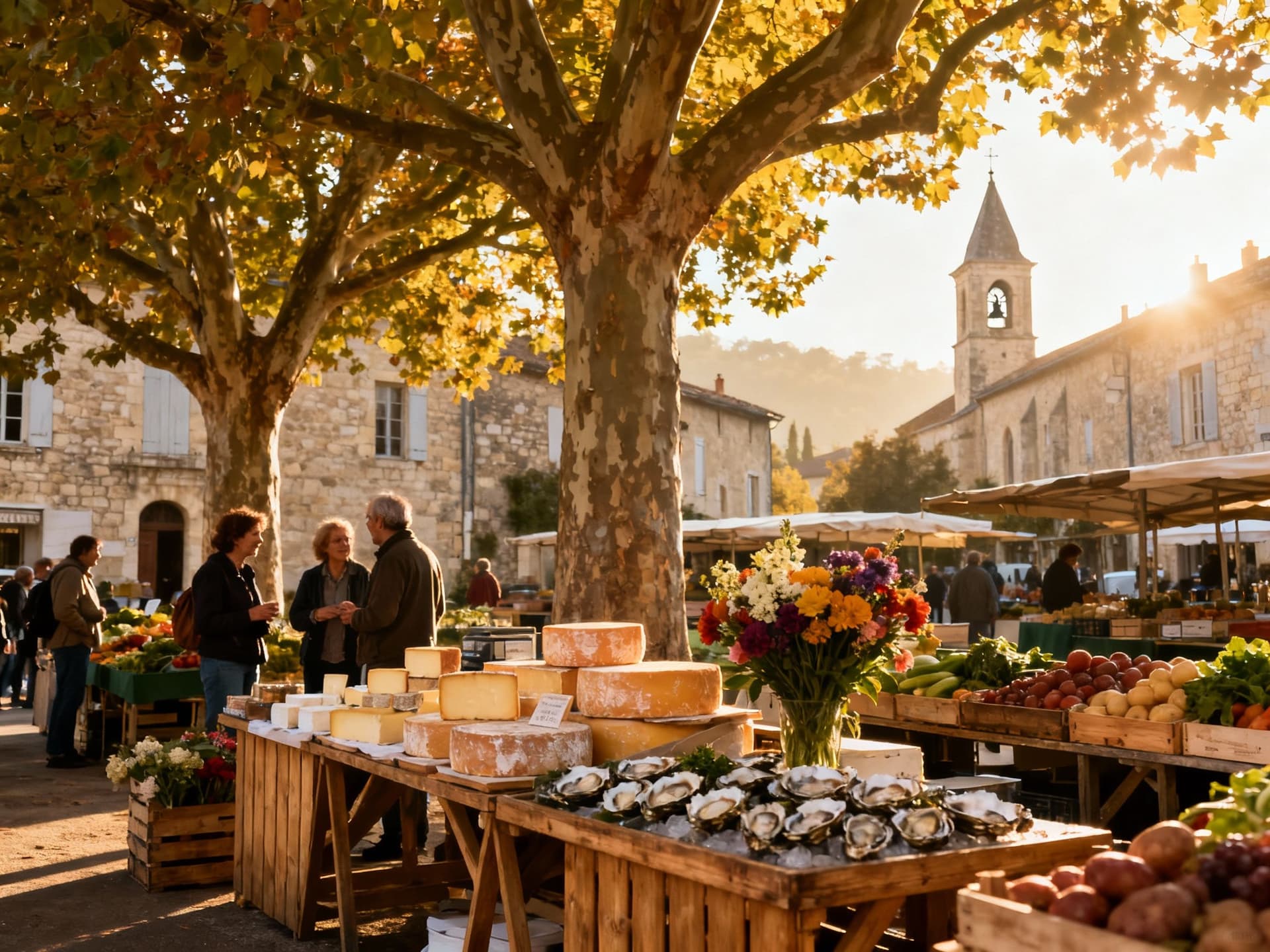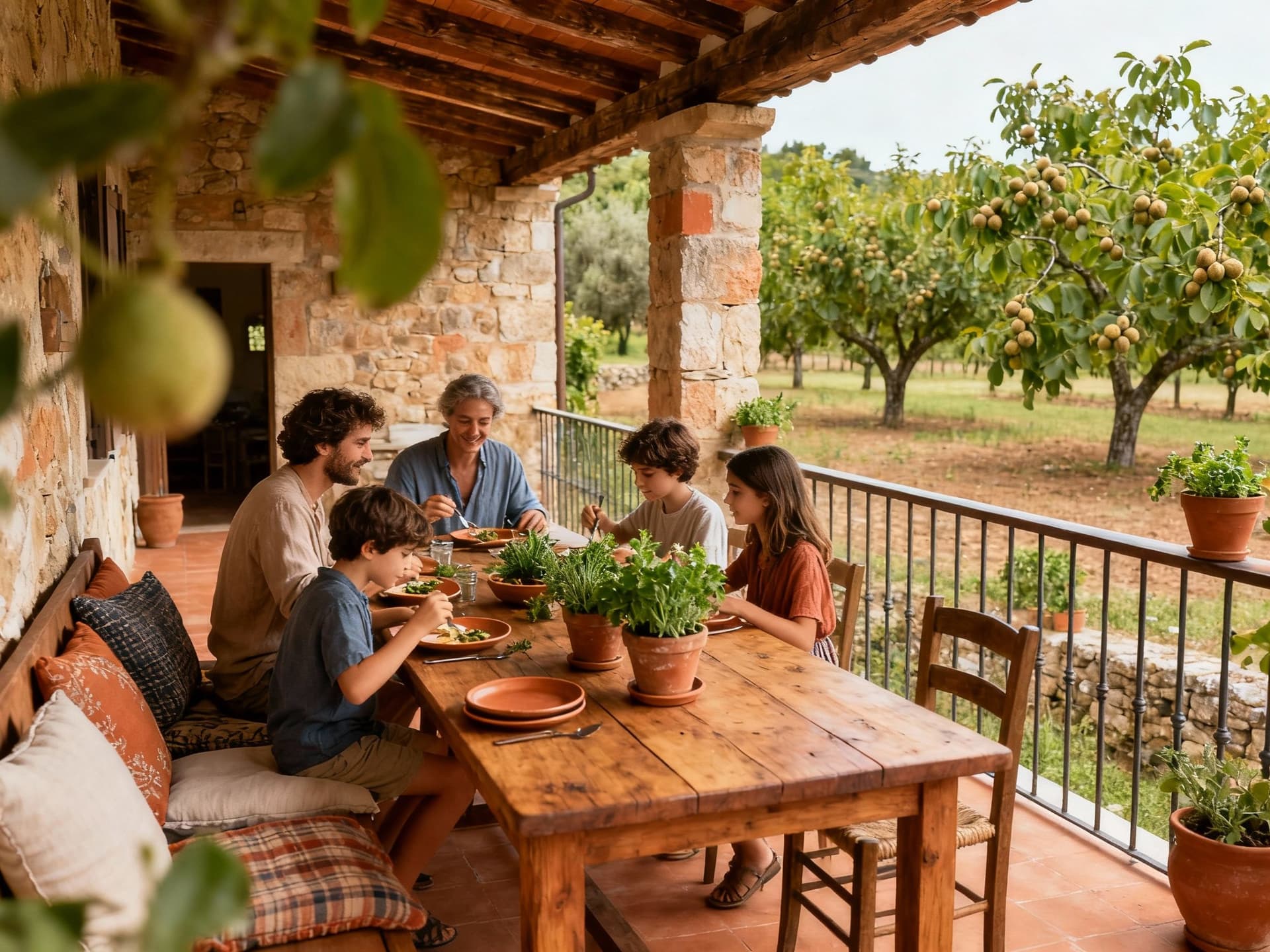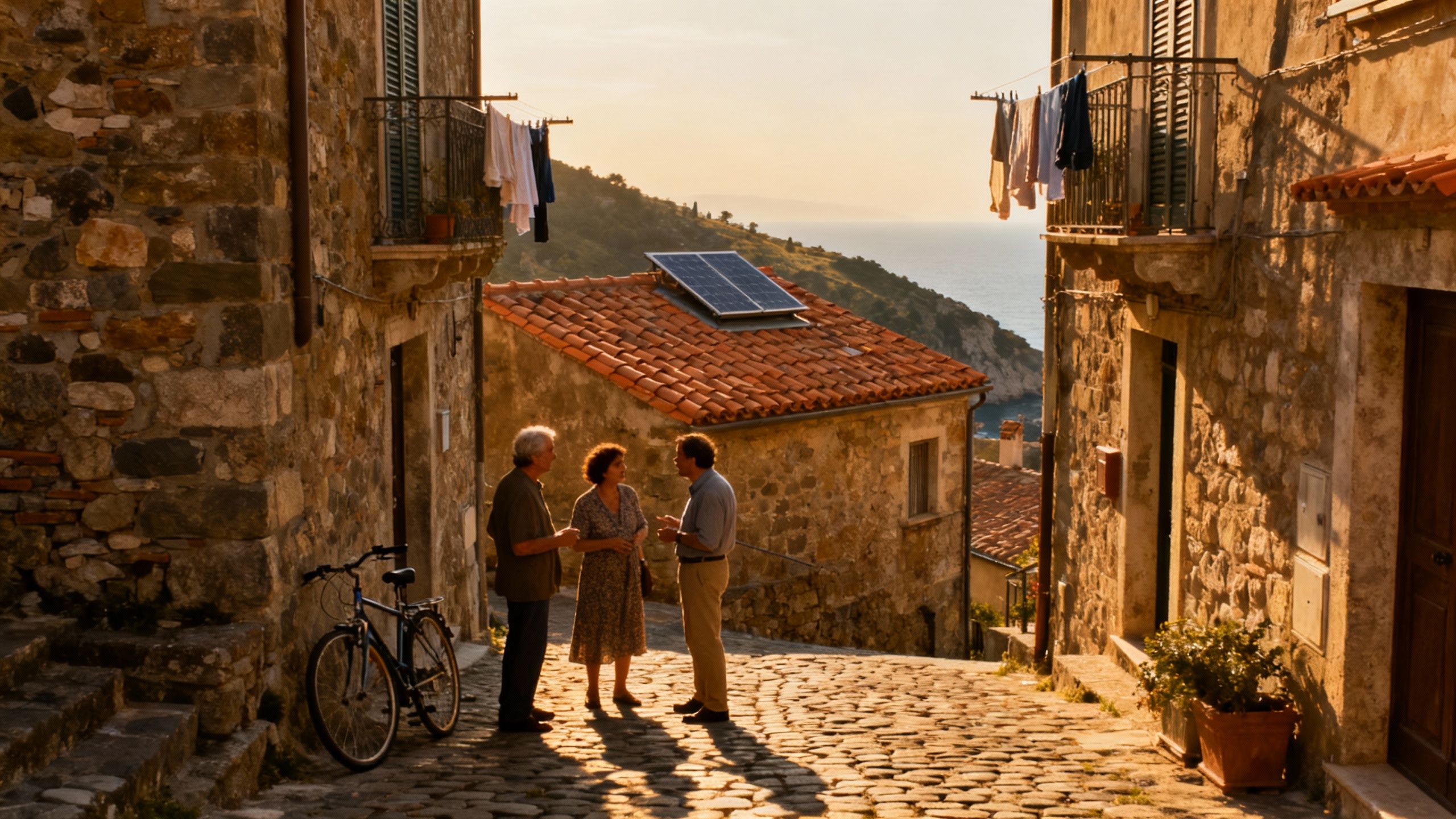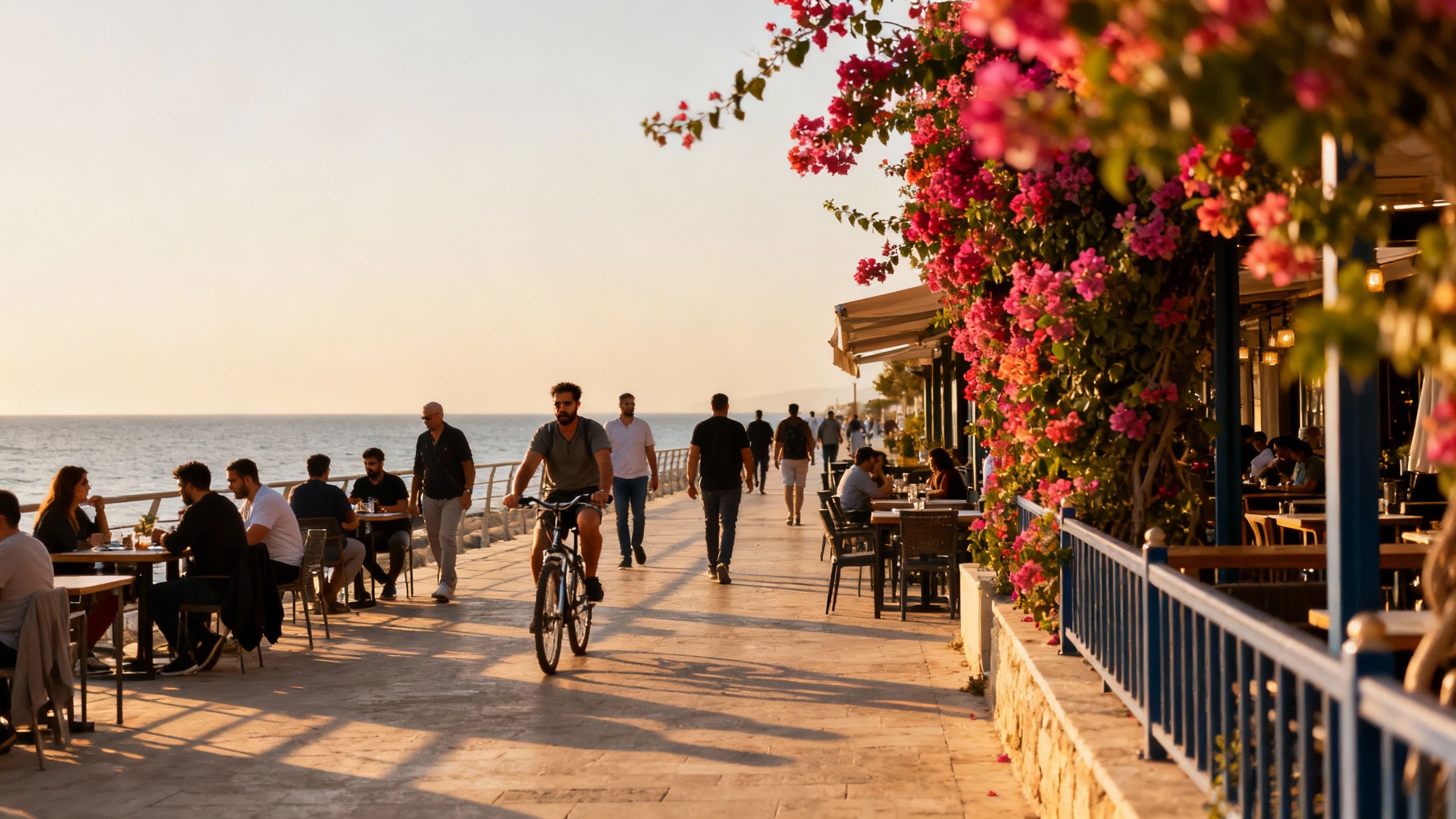The Coastal‑Is‑Cheap Myth: Where Verdant Value Hides in France
France’s coastal forests hide buyer opportunity: lifestyle-rich districts and modest price recovery in 2025 make verdant, sustainable homes attainable with local insight.
Imagine waking to the sea-salt air on Brittany's jagged coast, then driving two hours inland to a sun-drenched chestnut wood where timbered houses sit in mossy clearings. That contrast — wild coastline and fertile forest within a day's wander — is France's secret for buyers who crave both rugged nature and cultivated landscapes. Recent data show the national market shifting from pause to gentle growth, and with that comes opportunity in verdant coastal and forested regions that often fly under international radar.
Living the French Verdant Life

Life here moves with the seasons: market mornings under plane trees, low‑light afternoons in beech forests, and evenings of long, convivial meals. Coastal villages from the Emerald Coast (Côte d'Émeraude) to the pine‑framed coves of Landes offer wind-scented walks and surf culture; inland, Dordogne hamlets and the Lot valley feel like living poetry — stone walls, walnut groves, and neighbors who trade jars of jam and renovation tips. The recent uptick in prices confirms renewed buyer confidence while still leaving room for value outside headline cities. (Source: INSEE Q1 2025).
Coast and Forest: Signature Neighbourhoods
Think Saint‑Quay‑Portrieux's wind‑swept promenades and the pine‑fringed villas around Hossegor; then imagine the quiet lanes of Périgord Noir where restored stone cottages sit beside truffle oakwoods. Each area carries its own tempo: coastal mornings favor cafés and active outdoor life, while inland villages move slower — gardened mornings, long lunches and craft markets at the weekend. These microcultures shape what kind of property serves your life: a breezy terrace for surfers, or a thick‑walled farmhouse with a south garden for growers.
Food, Markets and Seasonal Rituals
Weekends revolve around markets: oysters on the Atlantic coast, wild boar terrine in the Lot, goats' cheeses on wooden boards in Provence. Festivals — chestnut harvests in Ardèche or the truffle market at Sarlat — punctuate the year and double as social audition grounds: you meet neighbors, buy produce and learn the rhythm of place. These rituals influence property desirability: proximity to a lively market or a coastal access path often matters more to daily happiness than square metres.
- Lifestyle highlights to look for
- Stone market halls (e.g., Sarlat-la-Canéda) and day markets where producers sell directly
- Coastal paths and surf beaches in Nouvelle‑Aquitaine and Brittany with weekend lifebuoy culture
- Forest walks and private woodlands suitable for fruit orchards and small‑scale agroforestry
Making the Move: Practical Considerations

Dreaming is the easy part; the practical work is about matching that dream to reality. National indices show prices stabilising and edging up in early 2025 — a sign that patient buyers who act with local insight find the best value. Your search should begin with lifestyle priorities, then fold in market facts: local price trends, typical renovation needs for vernacular homes, and seasonal access to services. Local agencies who live in these regions become translators of culture and cookbooks of local rules.
Property Types & How They Shape Living
A coastal bungalow gives you morning tides and small‑scale rental potential; a Périgord stone longère offers thick walls, winter warmth and an acre for an orchard. New builds bring insulation and solar readiness; older homes deliver character but often need insulation, roof and drainage work. Prioritise what affects daily life: orientation for sunlight, wood‑burning stove feasibility, and outdoor rooms for long meals. Sustainable upgrades (heat pumps, PV panels, greywater systems) are increasingly straightforward in France, with a growing local supply chain.
Working with Local Experts Who Know the Place
How an agency helps blend lifestyle and logistics
- They map micro-neighbourhood life: pinpointing morning markets, sheltered terraces and community gardens that match your routine.
- They translate local rules and seasonal quirks: parking bans, mairie workdays, local holiday calendars and wildfire/pruning practices in forest zones.
- They forecast realistic renovation timelines and connect you to craftsmen versed in traditional stone, lime‑mortars, and low‑impact retrofits.
Insider Knowledge: What Expats Wish They'd Known
Expat families and solo buyers often learn the same lessons the hard way: proximity to a lively village matters more than acreage alone; summer tourist bustle can make coastlines feel different from October to April; and language effort pays in both friendships and renovation outcomes. Macro data show national house-price indices returning to growth in early 2025, but the true story of value is hyperlocal: a modest price premium for a street with a bakery and resident community will repay you in daily belonging.
Cultural Integration and Daily Life
Make mornings count: learn a few market‑vendor greetings, attend a local fête, and bring a first‑visit gift for the mairie. Schools, local associations and the boulangerie are where life unfolds. Many foreigners are welcomed into volunteering circles — helpful for both language and practical introductions to tradespeople and gardeners.
Long‑Term Lifestyle & Stewardship
Think like a steward: choosing cork, chestnut or oak for joinery, preserving hedgerows for biodiversity, and installing modest photovoltaic capacity protects both landscape and running costs. These choices increase the pleasure of living and, over time, the resilience — and often the market appeal — of your home.
- Red flags locals watch for
- Water pooling near foundations (poor drainage) — a sign you’ll face structural and garden costs
- Unusual roof repairs (full re-tile needed) without documented works — often a major, underestimated expense
- Properties without energy diagnostic (DPE) records — you’ll want that baseline before budgeting green upgrades
Conclusion: live here first, buy wisely second. France's verdant coastal and forested regions offer a rare mix of wildness and cultivated life; with national indices nudging upward in 2025, intentional buyers who prioritise lived experience, local relationships and modest stewardship find real value. Start with visits tied to the seasons you’ll live through, work with a local agency that understands both ecology and neighbourhood rhythm, and make small sustainable investments that amplify comfort and long‑term appeal.
British expat who traded Manchester for Mallorca in 2017. Specializes in guiding UK buyers to luxury Spanish estates with clear navigation of visas and tax.


